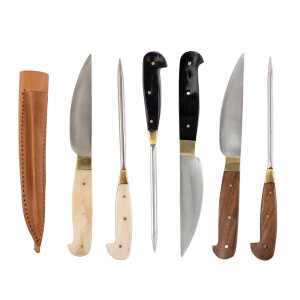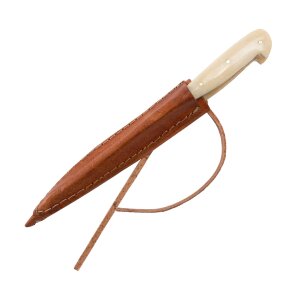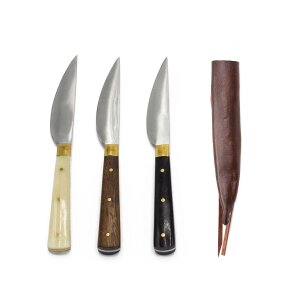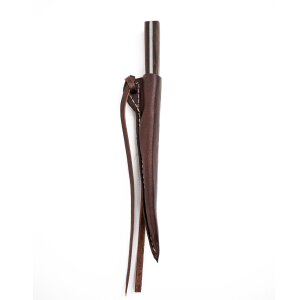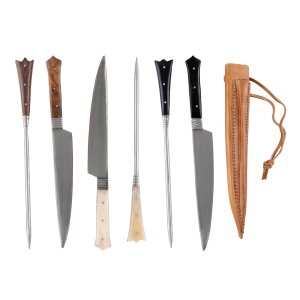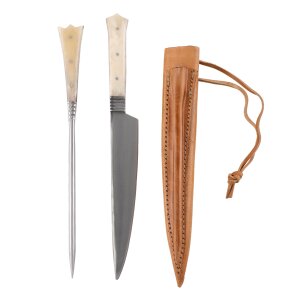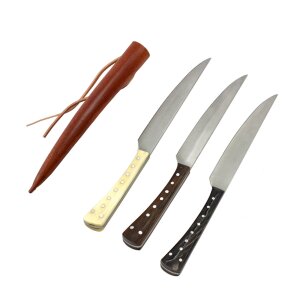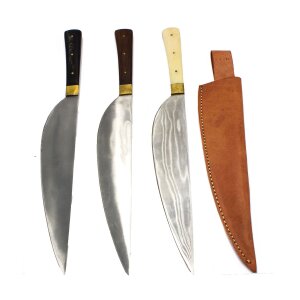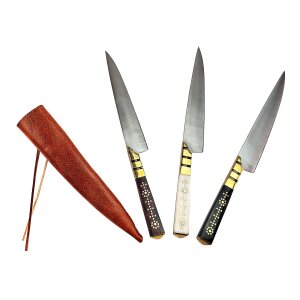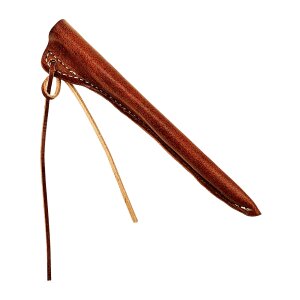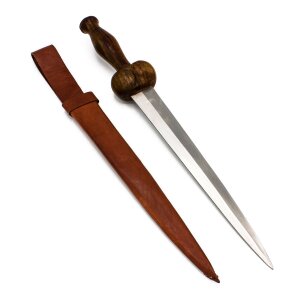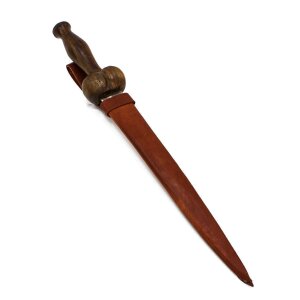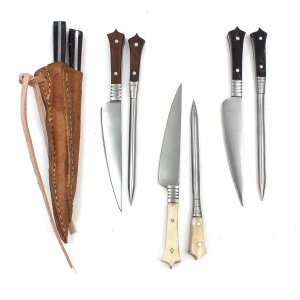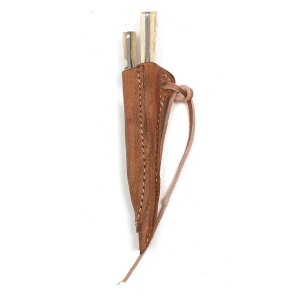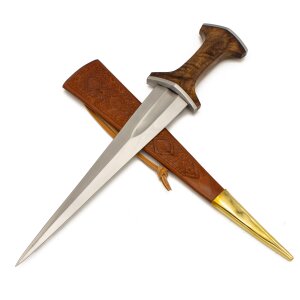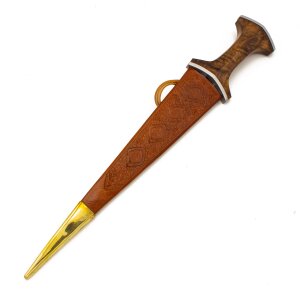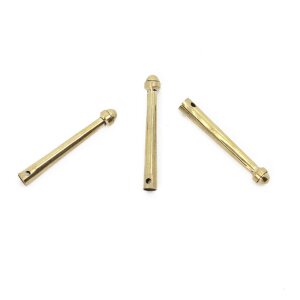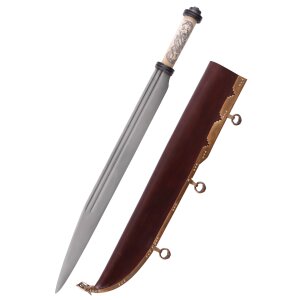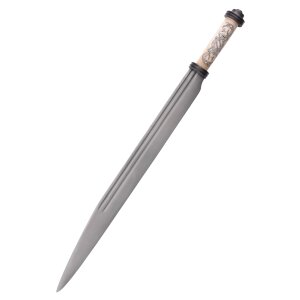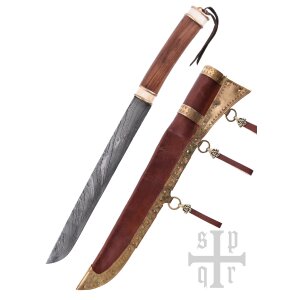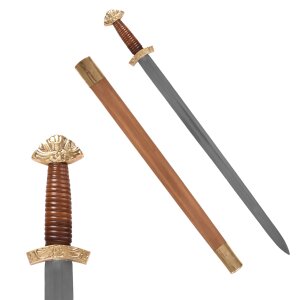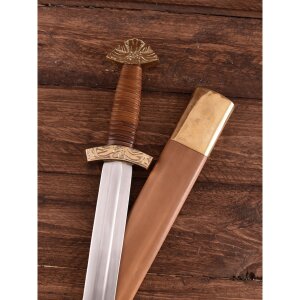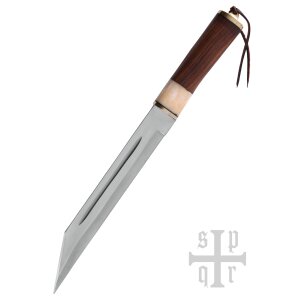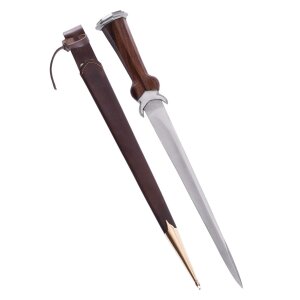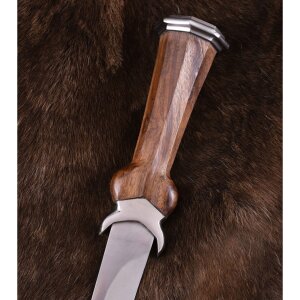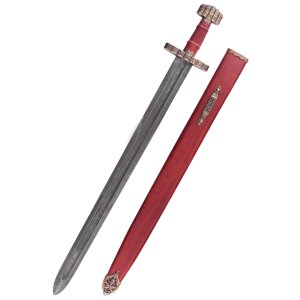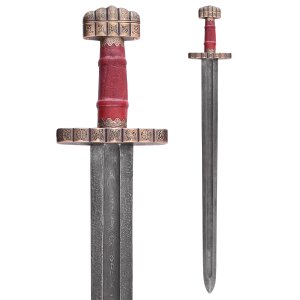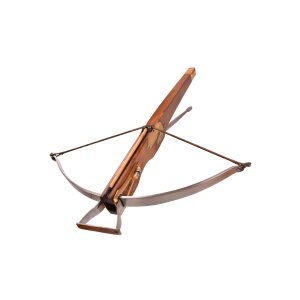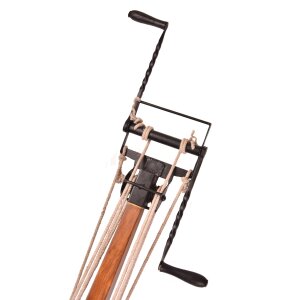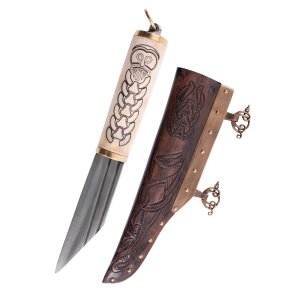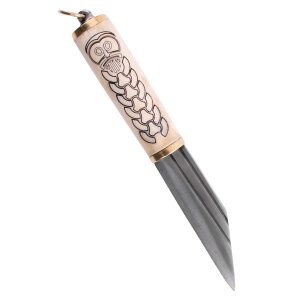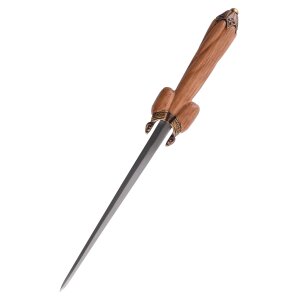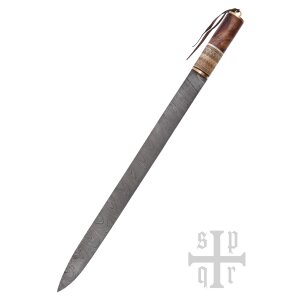Others also bought:
28,03 € *
our old price:
29,50 €
Discount:
5%
- Available
17,05 € *
our old price:
17,95 €
Discount:
5%
- Available
28,03 € *
our old price:
29,50 €
Discount:
5%
- Available
18,95 € *
our old price:
19,95 €
Discount:
5%
- Available
28,45 € *
our old price:
29,95 €
Discount:
5%
- Available
49,00 € *
- Available
-
Delivery time: 2 - 3 working days* (DE - int. shipments may differ)
26,51 € *
our old price:
27,90 €
Discount:
5%
- Available
89,00 € *
- Available
-
Delivery time: 2 - 3 working days* (DE - int. shipments may differ)
Similar items
129,99 € *
- Available
-
Delivery time: 1 - 2 working days* (DE - int. shipments may differ)
199,99 € *
- Available
-
Delivery time: 5 - 6 working days* (DE - int. shipments may differ)
139,99 € *
- Available
-
Delivery time: 5 - 6 working days* (DE - int. shipments may differ)
99,99 € *
- Available
-
Delivery time: 5 - 6 working days* (DE - int. shipments may differ)
139,99 € *
- Available
-
Delivery time: 5 - 6 working days* (DE - int. shipments may differ)
399,99 € *
- Available
-
Delivery time: 5 - 6 working days* (DE - int. shipments may differ)
339,99 € *
- Available
-
Delivery time: 1 - 2 working days* (DE - int. shipments may differ)
99,99 € *
- Available
-
Delivery time: 5 - 6 working days* (DE - int. shipments may differ)
119,99 € *
- Available
-
Delivery time: 1 - 2 working days* (DE - int. shipments may differ)
259,99 € *
- Available
-
Delivery time: 5 - 6 working days* (DE - int. shipments may differ)
Question about item
pieces

